- Home
- slideshows
- miscellaneous
- I ran the New York City marathon last year - here are the 13 tips that were crucial to surviving my first marathon
I ran the New York City marathon last year - here are the 13 tips that were crucial to surviving my first marathon
Get a training plan in place way ahead of time.

Run the route before.
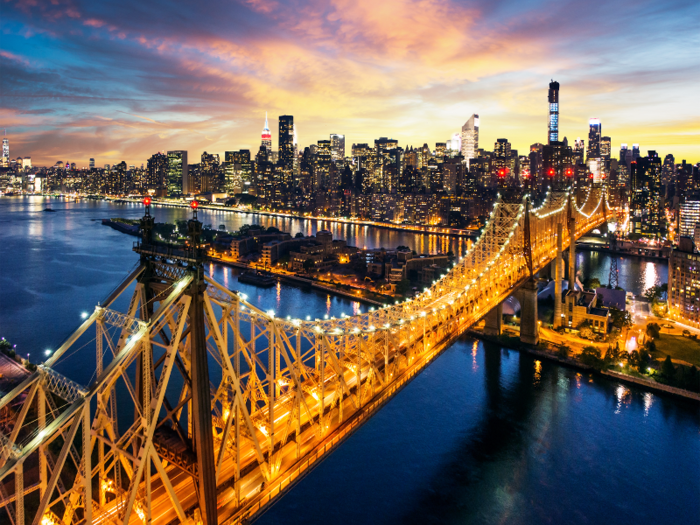
Obviously, you don't need to run the full marathon beforehand. But, if there are parts of the route that you're worried about, I recommend a practice run.
I had heard that the Queensboro Bridge was a nightmare during the marathon, so we incorporated it into our longest, 20-mile run that went from Brooklyn, over the bridge, then back to Queens via Randalls Island. On race day, knowing what to expect made the run over the bridge — which can turn into a dark wind tunnel after miles of cheering crowds in the sun — a lot easier.
Buy a fanny pack.
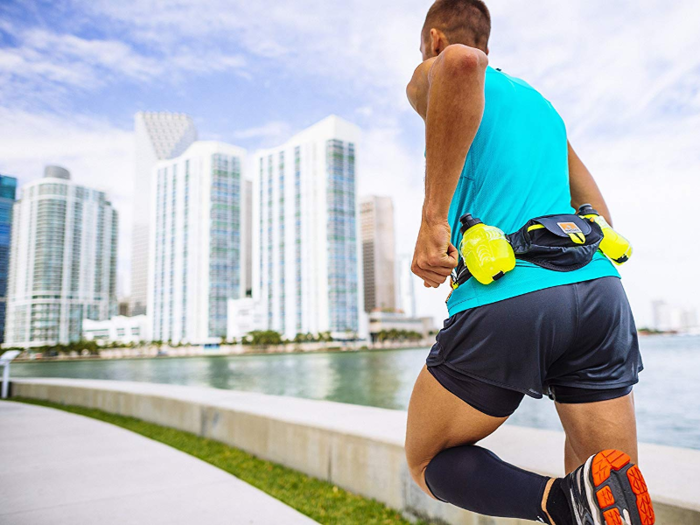
I bought a good amount of training gear, but my best purchase was a fanny pack with two water bottles attached. This was crucial for 15-plus-mile runs, especially as it meant we didn't have to restrict our run to routes with water fountains.
I didn't actually wear the fanny pack for most of the marathon, but having one for the first couple of miles meant I didn't have to check a bag. (More on why you should never check a bag later.)
Swap between shoes.
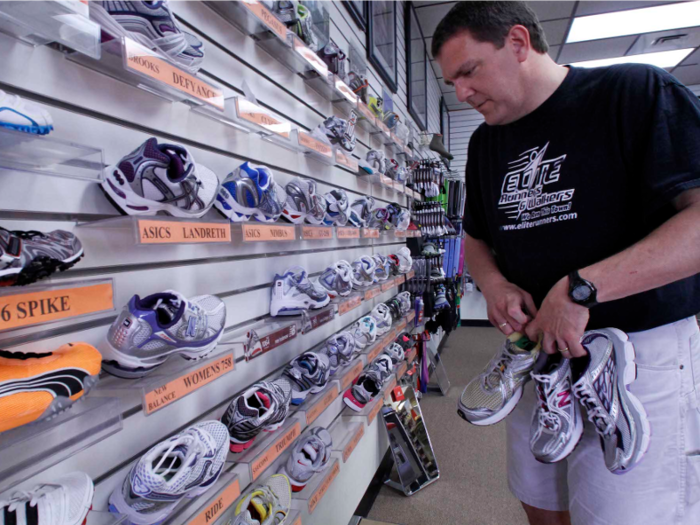
A few months before the marathon, my knees started hurting after runs. My mom advised me to get a second pair of shoes — the same ASICS design — and swap between the two.
Apparently, switching between sneakers while training is supposed to create a bit more variation in how you're landing on your feet. Whatever the reason, it worked, and my knees stopped hurting so much, even on longer runs.
Figure out a running diet, or just eat a ton of pickles.

A nice thing about doing a super long run every weekend meant I was constantly eating — which helped me figure out what food wouldn't upset my stomach but would give me enough energy.
For me, that was a ton of pickles. I split an entire jar of mini pickles the night before and the morning of the race. They have lots of sodium, one of the electrolytes you need to refuel your body after long runs.
We also started bringing energy chews — we bought Gatorade's brand — on runs. I had heard from some people that they didn't test chews or goo before the marathon, and it ended up upsetting their stomachs at the worst possible time.
Run with other people.
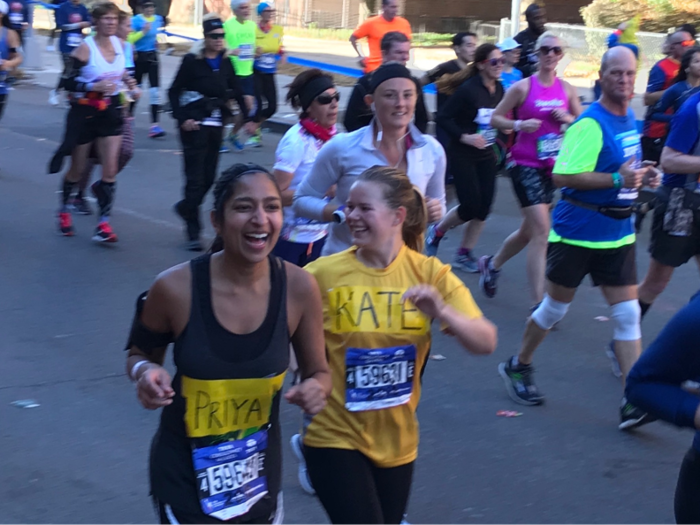
There is no way I would have run a marathon alone. Even if you aren't partnering up like I did, sticking to a training schedule is a lot easier if you have someone else to keep you accountable. If you aren't running with a friend, join a running club or train with other people running the marathon.
Priya and I had already developed a unique running strategy which involved not talking to each other for a week before half-marathons, allowing us to gather fresh gossip to fuel the race. Before the marathon, we didn't speak for two full weeks. Amazingly, that gave us enough material to last us for a full 26 miles of gossip. (We were running on empty for the last 0.2 miles.)
Consider staying on Staten Island.
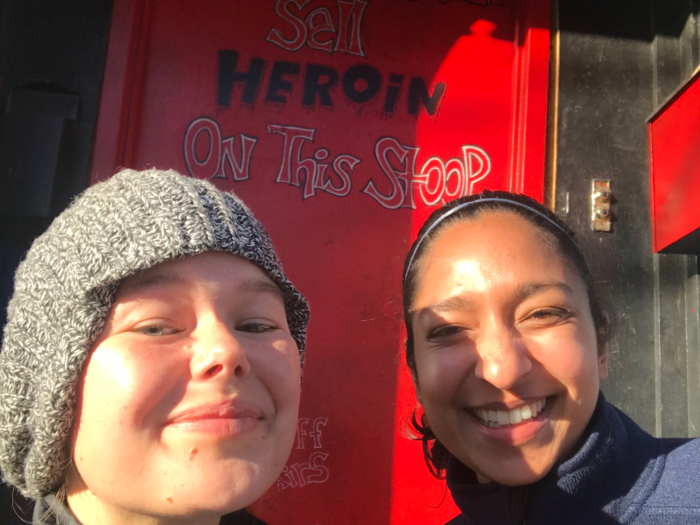
The New York City Marathon has four waves, with the last — and slowest — wave starting around 11 a.m. However, the system is set up so that the last ferry to Staten Island, where the race starts, is at 6 a.m.
We didn't want to have to wake up at 4:30 a.m. and then hang around for six and a half hours, so we got a cheap AirBnB that was a 10-minute Uber ride from the starting point. It wasn't a luxury spot — the door said "Don't sell heroin on this stoop" in massive letters — but it made the morning much easier. We woke up around 7 a.m., ate a relaxed breakfast, and used a bathroom instead of a porta-potty. We arrived to the starting area by around 8:30 with tons of time to spare.
Plus, there are plenty of Italian restaurants where you can carbo-load the night before on Staten Island.
Don't check a bag.
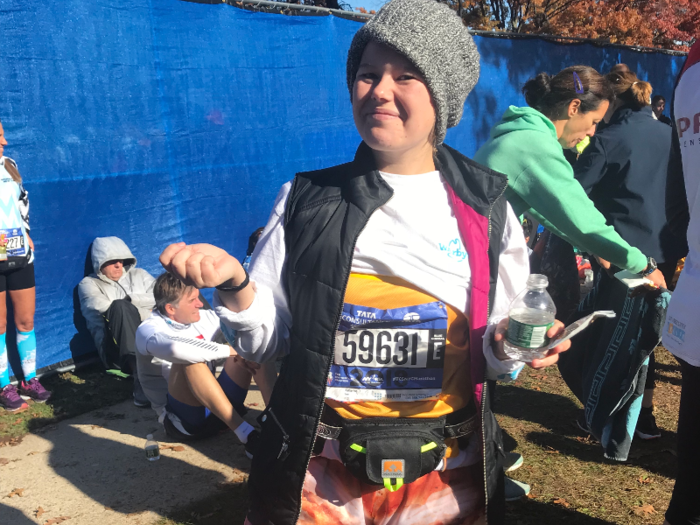
If you check a bag, you will regret it at the end of the race.
After running 26.2 miles, you have to walk an extra half mile or so to get out of Central Park. If you checked a bag, you add another fourth of a mile to half mile onto that walk.
There is no reason to walk a full mile after running a marathon. I'm furious even thinking about the concept.
The New York City Marathon has donation bins for extra clothing near the start. If there's anything you really need, wear a fanny pack and pass it off to people watching. I wore my running clothes to bed, and managed to fit my iPhone, a pair of underwear, and a few spare pickles in the fanny pack that I handed off at mile three.
Put your name on your shirt.
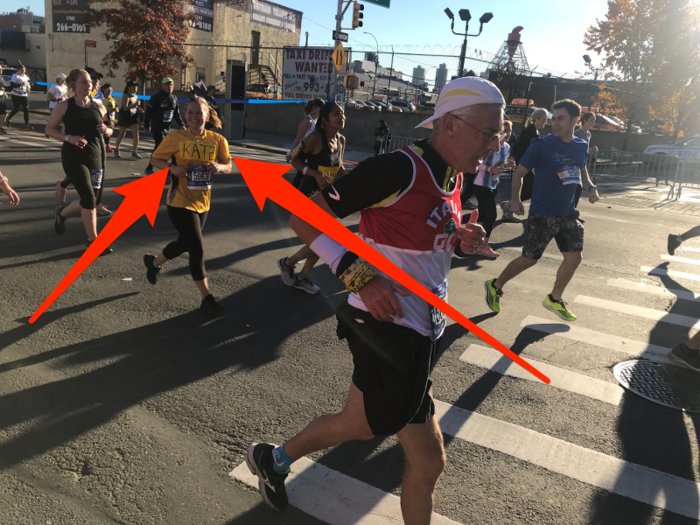
It looks a little goofy, but having your name on your shirt in big letters is a fantastic way to get people to cheer for you. The New York City Marathon attracts crowds of people offering support almost every step of the way. It's an incredible feeling of community, especially if you live in New York.
At first, having strangers cheering for you by name is simply uplifting and inspiring — I admit I teared up around mile three. By the end, having a random person call you by your name and tell you to keep running is motivation when you need it the most.
Once you're running, don't start too fast.
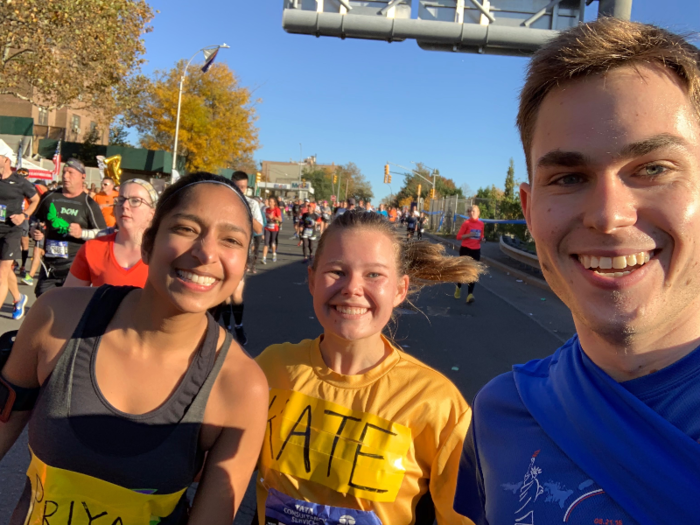
After months of training, heading over the Verrazano Bridge is exhilarating. You might feel an urge to speed up and start sprinting. This feeling is a trap! Keep it slow and steady.
Have people positioned at key cheering points — and know what side of the street they are on.
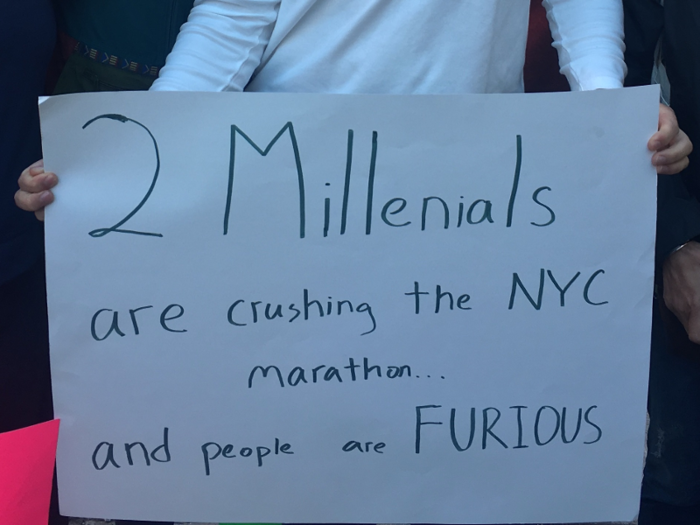
Crucial spots for me included: immediately after the bridge to hand off my fanny pack, after the Queensboro Bridge (the longest stretch without any people), and the short bit in the Bronx. Knowing that there are going to be friendly faces up ahead is a great motivator, miles before you even see them cheering.
If you have people who are trying to cheer for you who you really want to see (like family or people who traveled into town), figure out ahead of time what side of the road they'll be on so you don't accidentally run right by them. The sides of the street get crowded, especially in South Brooklyn!
Even better than having people cheer you on is having someone jump into the race. This is heavily discouraged by the New York City Marathon, but if you have someone who has a bib from a past race and is willing to get yelled at, see if they can jump in around the Upper East Side. Miles 18 to 21 were much more bearable after a friend jumped in to run with us when we were losing steam.
Plan your post-race shower.
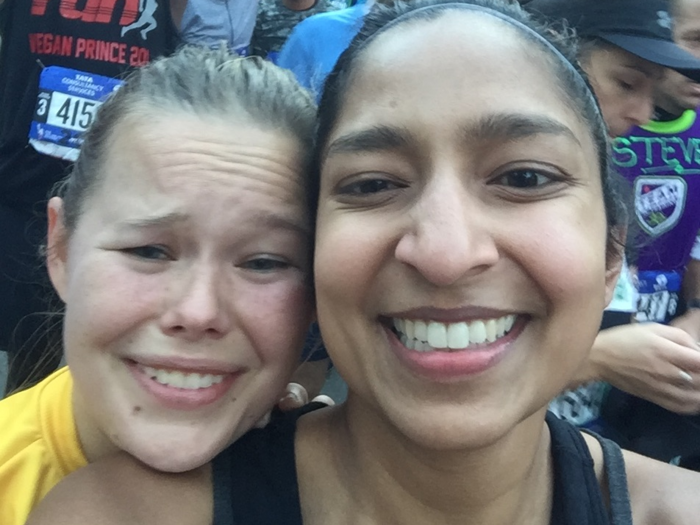
Once you finish the marathon, you feel incredible. Then you realize you need to walk another 20 minutes to an hour to get out of Central Park.
Hopefully, you haven't checked a bag and can cut down on the walking time. Either way, it's very annoying, so be aware that it's going to happen.
If you know anyone who lives on the Upper West Side, Hell's Kitchen, or even the West Village, try to convince them to let you go shower at their home instead of heading back to your apartment. If you're in town for the marathon, I highly recommend booking the hotel near Central Park — if you didn't stay on Staten Island.
Give yourself time to celebrate.
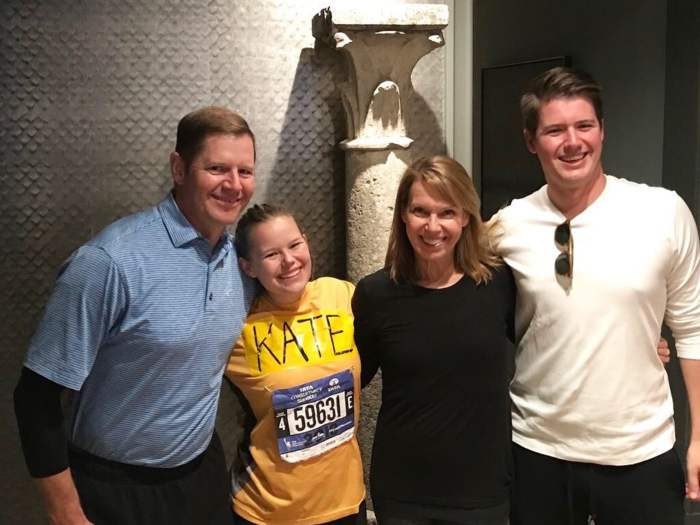
Showering at a friend's also means that you aren't going to go home and immediately fall asleep — which is actually a good thing.
Running the marathon was a bizarrely good experience. We had great weather, a solid flow of juicy gossip, and never had a moment where either of us genuinely felt we had to stop running. But, some of my favorite memories were meeting up with my friends and family for beer and burgers to celebrate surviving the race.
With people donating to the charity that I ran with, going on training runs with me, and listening to me complain about running for months, the marathon was very much an "it takes a village" moment for me. Taking a moment to reflect and celebrate with people I love after finishing was only fitting, and it served as a perfect cap for the day.
Popular Right Now
Popular Keywords
Advertisement